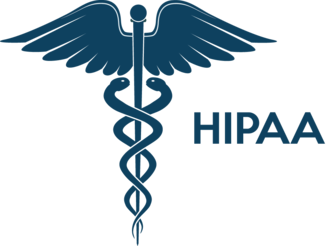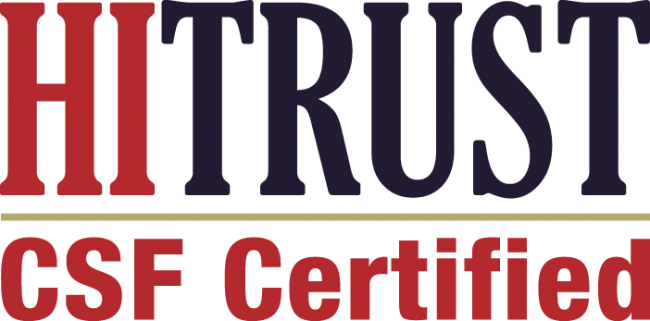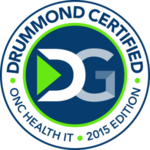Healthcare organizations across the United States continue to navigate the complex landscape of meaningful use requirements, with Stage 3 representing the most advanced level of electronic health record (EHR) adoption and optimization. Among the critical components of Stage 3 compliance, transition of care requirements stand out as particularly important for ensuring continuity of patient care while meeting federal standards.
Understanding Stage 3 Meaningful Use
Stage 3 of the Medicare and Medicaid EHR Incentive Programs, later integrated into the Merit-based Incentive Payment System (MIPS) and other quality programs, represents the final phase of meaningful use implementation. This stage emphasizes improved outcomes, enhanced patient engagement, and seamless care coordination across healthcare settings.
The transition from Stage 2 to Stage 3 brought significant changes in how healthcare organizations must demonstrate meaningful use of their EHR systems, with particular emphasis on interoperability and patient-centered care coordination.
Transition of Care Requirements in Stage 3
Transition of care represents one of the most critical objectives within Stage 3 meaningful use compliance. These requirements focus on ensuring that patient information flows seamlessly when patients move between different healthcare providers, settings, or levels of care.
Core Transition of Care Objectives
Summary of Care Record Creation and Transmission Healthcare organizations must create and electronically transmit a summary of care record for more than 50% of transitions of care and referrals. This summary must include essential patient information such as current medications, allergies, problem lists, procedures, and care plan information.
Electronic Receipt and Incorporation Organizations must demonstrate that they can electronically receive summary of care records from other providers and incorporate this information into their EHR systems. This bidirectional capability ensures that receiving providers have comprehensive patient information available at the point of care.
Patient Engagement in Care Transitions Stage 3 requirements emphasize providing patients with electronic access to their health information during transitions. This includes ensuring patients can access their summary of care records and other relevant health data through patient portals or other secure electronic means.
Technical Requirements and Standards
Interoperability Standards Organizations must use certified EHR technology that supports standard formats for care summaries, including Continuity of Care Documents (CCD) or Continuity of Care Records (CCR). These standards ensure that information can be exchanged between different EHR systems regardless of vendor.
Direct Secure Messaging Many organizations utilize Direct secure messaging protocols to transmit care summaries, ensuring that patient information remains protected during electronic transmission while meeting meaningful use requirements.
Quality Measures Integration Transition of care data must be structured in ways that support quality measurement and reporting, enabling organizations to demonstrate improved care coordination outcomes.
Implementation Strategies for Healthcare Organizations
Assessment and Planning
Current State Analysis Organizations should begin by conducting a comprehensive assessment of their current transition of care processes. This includes identifying all points where patients transition between providers or care settings, evaluating existing documentation practices, and assessing current EHR capabilities.
Workflow Redesign Successful implementation often requires redesigning clinical workflows to incorporate electronic care summary creation and transmission into routine care processes. This may involve training staff on new procedures and establishing clear protocols for when and how care summaries are generated.
Technology Infrastructure Organizations must ensure their EHR systems have the necessary functionality to create, transmit, and receive standardized care summaries. This may require system upgrades, additional software modules, or integration with third-party solutions.
Staff Training and Change Management
Clinical Staff Education Healthcare providers need training on the importance of accurate and comprehensive care summary documentation. This includes understanding which information elements are required and how to ensure data quality and completeness.
Administrative Process Training Administrative staff require training on technical aspects of care summary transmission, including how to use Direct messaging systems, troubleshoot transmission issues, and maintain audit trails for compliance reporting.
Ongoing Support and Monitoring Organizations should establish ongoing support systems to help staff adapt to new processes and continuously monitor compliance with transition of care requirements.
Compliance Benefits and Organizational Advantages
Financial Incentives and Penalty Avoidance
Positive Payment Adjustments Organizations that successfully demonstrate Stage 3 meaningful use compliance may be eligible for positive payment adjustments under various CMS quality programs. These financial incentives can provide significant revenue benefits for qualifying healthcare organizations.
Penalty Mitigation Failure to meet meaningful use requirements can result in payment penalties under Medicare programs. Successful transition of care compliance helps organizations avoid these financial penalties while maintaining full reimbursement rates.
Quality Bonus Opportunities Many payers, including Medicare Advantage plans and commercial insurers, offer quality bonuses for organizations that demonstrate superior care coordination capabilities, often measured through meaningful use metrics.
Clinical and Operational Benefits
Improved Patient Safety Electronic care summaries reduce the risk of medical errors during transitions by ensuring that receiving providers have access to complete and accurate patient information. This includes critical safety information such as allergies, current medications, and recent procedures.
Enhanced Care Coordination Standardized electronic care summaries facilitate better communication between providers, leading to more coordinated care plans and reduced duplication of services. This coordination is particularly important for patients with complex medical conditions requiring care from multiple specialists.
Reduced Administrative Burden While initial implementation requires significant effort, electronic care summary processes ultimately reduce administrative burden by automating documentation tasks and eliminating manual faxing or mailing of patient records.
Better Patient Outcomes Research demonstrates that improved care coordination through electronic health information exchange leads to better patient outcomes, including reduced hospital readmissions, fewer medication errors, and improved chronic disease management.
Strategic Advantages
Competitive Market Position Organizations that excel at care coordination through meaningful use compliance often gain competitive advantages in their markets. Payers and patients increasingly value providers who demonstrate commitment to care quality and coordination.
Preparation for Value-Based Care Transition of care capabilities position organizations well for value-based payment models that emphasize care coordination and outcome improvement. These skills become increasingly valuable as healthcare moves away from fee-for-service models.
Technology Infrastructure Development Meeting meaningful use requirements drives organizations to develop robust health information technology infrastructure that supports broader digital health initiatives and innovation opportunities.
Common Implementation Challenges and Solutions
Technical Challenges
EHR System Limitations Some organizations discover that their current EHR systems lack necessary functionality for comprehensive transition of care compliance. Solutions may include system upgrades, third-party integrations, or in some cases, EHR system replacement.
Interoperability Issues Different EHR vendors may implement standards differently, creating challenges in information exchange. Organizations should work with their vendors to ensure proper configuration and test exchanges with common referral partners.
Data Quality Concerns Incomplete or inaccurate data in care summaries can undermine their clinical value. Organizations must implement data quality monitoring and staff training to ensure care summaries contain accurate, complete information.
Workflow Integration Challenges
Provider Resistance Some clinical staff may resist new documentation requirements, viewing them as administrative burden. Successful organizations address this through education about clinical benefits and workflow optimization to minimize disruption.
Time Constraints Creating comprehensive care summaries can be time-consuming in busy clinical environments. Organizations should explore ways to automate data population and streamline summary creation processes.
Process Standardization Large organizations may struggle to standardize transition of care processes across multiple locations or departments. Clear policies, consistent training, and regular monitoring help ensure uniform implementation.
Future Considerations and Evolving Requirements
Regulatory Evolution
Healthcare regulations continue to evolve, with increasing emphasis on interoperability and patient access to health information. Organizations should stay informed about regulatory changes and ensure their transition of care processes remain compliant with emerging requirements.
Technology Advancement
New technologies such as FHIR (Fast Healthcare Interoperability Resources) APIs and cloud-based health information exchanges offer opportunities to enhance transition of care capabilities beyond basic meaningful use compliance.
Quality Measurement Integration
Future quality programs will likely place even greater emphasis on care coordination outcomes. Organizations should consider how their transition of care processes support broader quality improvement initiatives and outcome measurement.
Conclusion
Stage 3 meaningful use compliance, particularly regarding transition of care requirements, represents both a regulatory obligation and a strategic opportunity for healthcare organizations. While implementation requires significant planning, investment, and change management, the benefits extend far beyond compliance to encompass improved patient safety, enhanced care coordination, and competitive market advantages.
Organizations that approach transition of care compliance strategically, with focus on both meeting regulatory requirements and optimizing clinical workflows, position themselves for success in an increasingly connected and outcome-focused healthcare environment. The investment in robust transition of care capabilities pays dividends through improved patient outcomes, reduced administrative burden, and preparation for value-based care models.
Success in Stage 3 meaningful use compliance requires ongoing commitment to staff training, technology optimization, and process improvement. Organizations that embrace these requirements as opportunities for healthcare improvement, rather than merely regulatory obligations, will realize the greatest benefits from their meaningful use investments.






